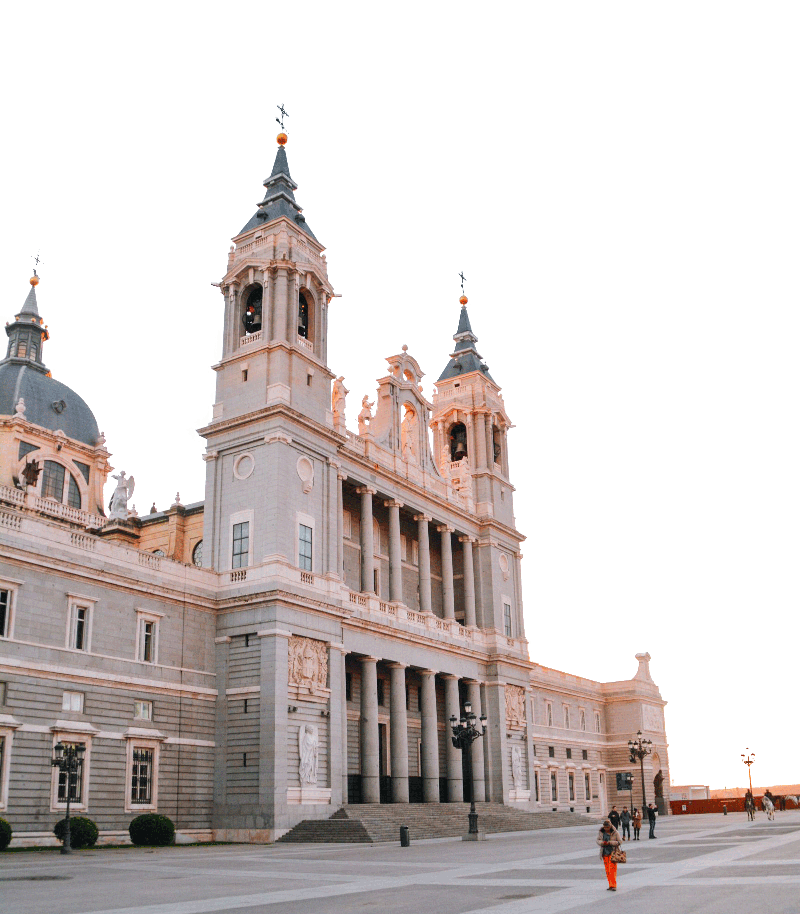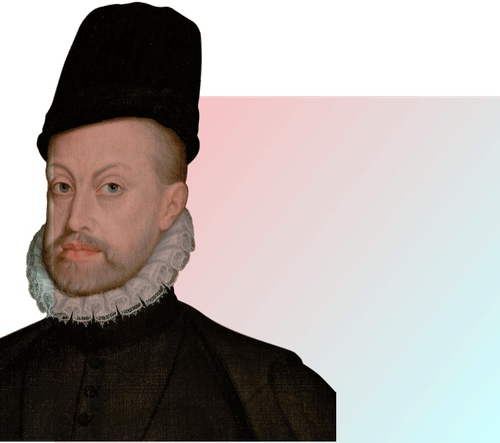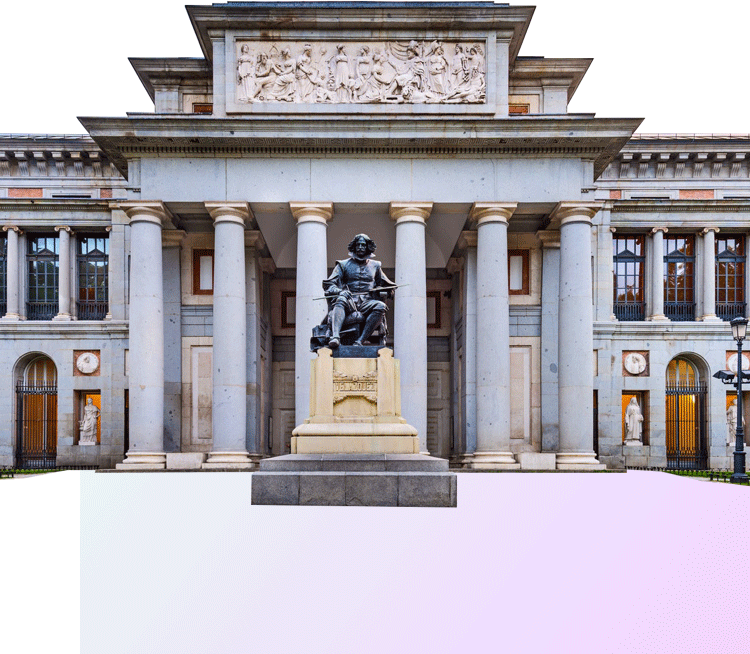

The Capital
Madrid lies in the central plain of the Iberian Peninsula. In the 9th century, Emir Muhammad the first built a fortress around this small village and kept it under Islamic rule until it was conquered by Alfons VI of Castile in 1083. At that time this small village was called Mayrit-Arabic for plenty of waterways.
1083

In the 16th century Toledo became the capital of Spain which became an incredible huge empire. Under Philipp II the Spanish monarch of the Hapsburg dynasty, Madrid arose to a town of narrow winding streets, many churches, convents and austere palaces hidden behind walls.
After the Spanish succession war in the early 18th century, the Bourbon dynasty took over and Madrid developed into a grand and representative city corresponding to the taste of the royal European courts at that time. The Buen Retiro Palace from the 17th century was the starting point to turn the eastern part into an elegant and open area. Along the banks of the Fuente Castellana stream, where the Paseo del Prado runs today, aristocratic families built their residences. But in the 18th century it was turned into the green boulevard with elegant majestic mansion houses and the Neptun fountain, as we know it today.
18th
century

During Napoleon times, Madrid experienced a severe crisis after the battle against France in 1808. The city however continued to develop. In the early 19th century Ferdinand II had the idea of a museum like the Louvre in Paris. The former royal museum of natural science, was enlarged to become the cultural landmark of Madrid: The Museo del Prado which opened in 1819.
During the reign of Isabell II, the famous university of Alcalá was transferred to Madrid as Universidad Complutense de Madrid. Furthermore, the Congresso de los Diputados, the Royal Theatre, the Zarzuela Theatre and the Canal de Isabell II were built. And in 1857 Madrid received a gas lighting system. Nevertheless, Isabel lII was powerless against the rebellion, which led to the first Spanish Republic, followed by a short return of the monarchy, to the second Spanish Republic and finaly to the Spanish Civil War, lasting from 1936-1939.
1936-1939
Franceso Franco general and dictator ruled Spain from 1939 until his death in 1975. He came to power with the help of the German Nazis and Italian Fascists. Under his regime the Catalan and Basque languages were forbidden outside home, Catholicism was the only tolerated religion and a huge secret police network was set up to spy on its citizens. The south became very industrialized, attracting migrations from the south of Spain, providing the base for an active cultural and political reform.
After Franco died King Juan Carlos I as heir of the historic dynasty returned and was accepted. The democratization began known as Transición and led to what Madrid stands for today: A grand metropolis full of culture and life.

